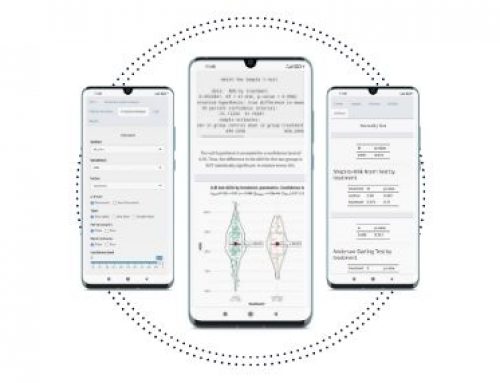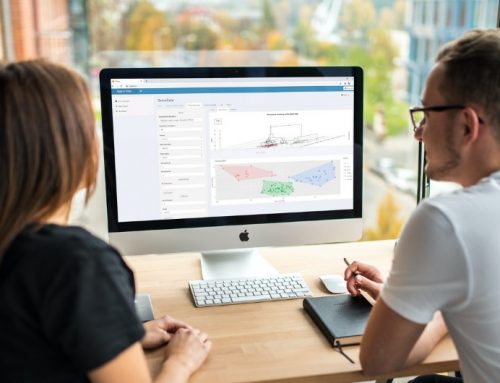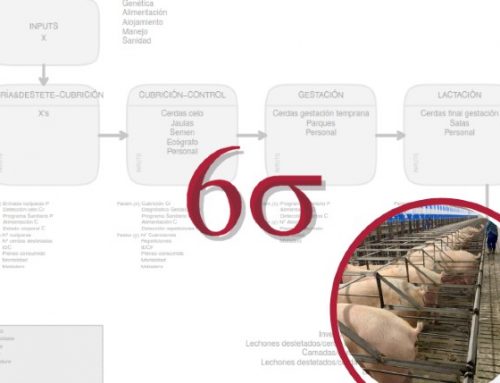Clinical trial monitoring
To control the trial development and its compliance with the stablished requirements, is fundamental to ensure that the quality standards are met. By monitoring your clinical trials, you will ensure that the quality standards are met and will have a better control of your process. In this post, we will introduce our readers to the clinical trials monitoring and its importance within this industry.
From childhood, we hear it is important to do what we had said we would and always be sure we are on the right track. Many of you probably remember a relative, friend or acquaintance who was involved in a project (and not necessarily professional, it could be going to the gym, leading a healthier diet, or learning a new language) and, for not having defined well what they wanted to achieve and how the progress would be measured and controlled, the whole plan failed.
It may seem to be a situation very little related with what it is applied in experimental studies but, in fact, it has a lot to do with it and we surely have managed to attract your attention.
What did they do wrong? The problem was not the lack of initial commitment, but not monitoring whether they were sticking to the plan. This is even more important when you make a major chance, such as adding a new ingredient to their diet, downloading an app to practice the language with other speakers, or changing the time they would work out). Going blind only causes us to lose motivation and control of what we are doing, and this is how what starts out as a great project can go completely overboard.
How to organize a trial?
In all types of experimental trials, the first step is to understand what monitoring is and its function. Let’s start defining this concept: Monitoring is the act of supervising and controlling a study progress, with the aim to ensure it is performed, registered and communicated in accordance with the protocol, the Standard Operating Procedures (SOP), the Good Clinical Practices (GCP) and the regulatory requirements.
Start by gathering all the information that the regulatory organizations will need to evaluate and decide whether the protocol is viable. Once the study has been approved and before the start-up, all the documents must be completed, the personnel must know the development of the entire project and the facilities are accommodated. Last but not least, tick to your budget.
In our last post we talk about the latest updates from the EFSA regarding the authorizations of feed additives.
Essential figure: Tests monitors.
The monitors play a fundamental role in de clinical trials monitoring. They must verify that the animals right are being respected and the data collected during the start-up is reliable and secure. This has two advantages: firstly is to act proactively, which means being able to detect patterns that are slowing down or worsening the process and that are not predictable at first glance (and thus, being able to react before problem arise). Secondly, to act reactively if they end up arising (as the team can react immediately thanks to its rapid detection)
One of the most important task is to verify that the variables of the study were collected by means of the Data Collection Logbook (DLC) specially designed for the study. They should facilitate their own handling and the subsequent validation, in order to avoid possible discrepancies.
The trials monitors are the responsible of the performance monitoring and its compliance with the protocol, the SOP, the regulations in force and the GLP.
The professional who assumes this position is elected by the sponsors and acts as a link between him and the principal investigator during the development of the study. Their main responsabilities are:
Verify that the animals object of study meet the protocol selection criteria, as well as notify the recruitment rate.
Continuously supervise that the trial is following the protocol, report any adverse event or deviation, verify the data collected in the DLC is accurate, explain the protocol to the researches, …
Manage the records, and so on.
At Tests&Trials, we have performed along the last 20 years more than 200 trials and we are a qualified team to do all the task with the maximum accuracy and precision. Always maintaining impartiality, we believe in fluid communication with our clients and in transparency.
Types of monitoring
Remote monitoring: As a prior phase to face-to-face monitoring visits, the aim is to identify the centers with the highest risk through data control and management.
On-site or presential monitoring: the focus is on the checking that the data on the source documents and on the DLC are reliable. In many cases, on-site monitoring is the best guarantee of the compliance with GCPs and that is why it is the main component of the monitoring strategy.
New concept: Risk-based monitoring, RBM
Not very long ago, it emerged what we call today as RBM, Risk-based monitoring: a new approach for the classical clinical trial monitoring concept.
This new concept of monitoring is a strategy of efficiency in the trials management, focused, as its name indicates, on the identification of risks that may affect the study to a either greater or lesser extent.
Be attentive to our next posts, we will tell you everything about RBM! Or you can also subscribe to our newsletter to receive a notification as soon as it is published.





